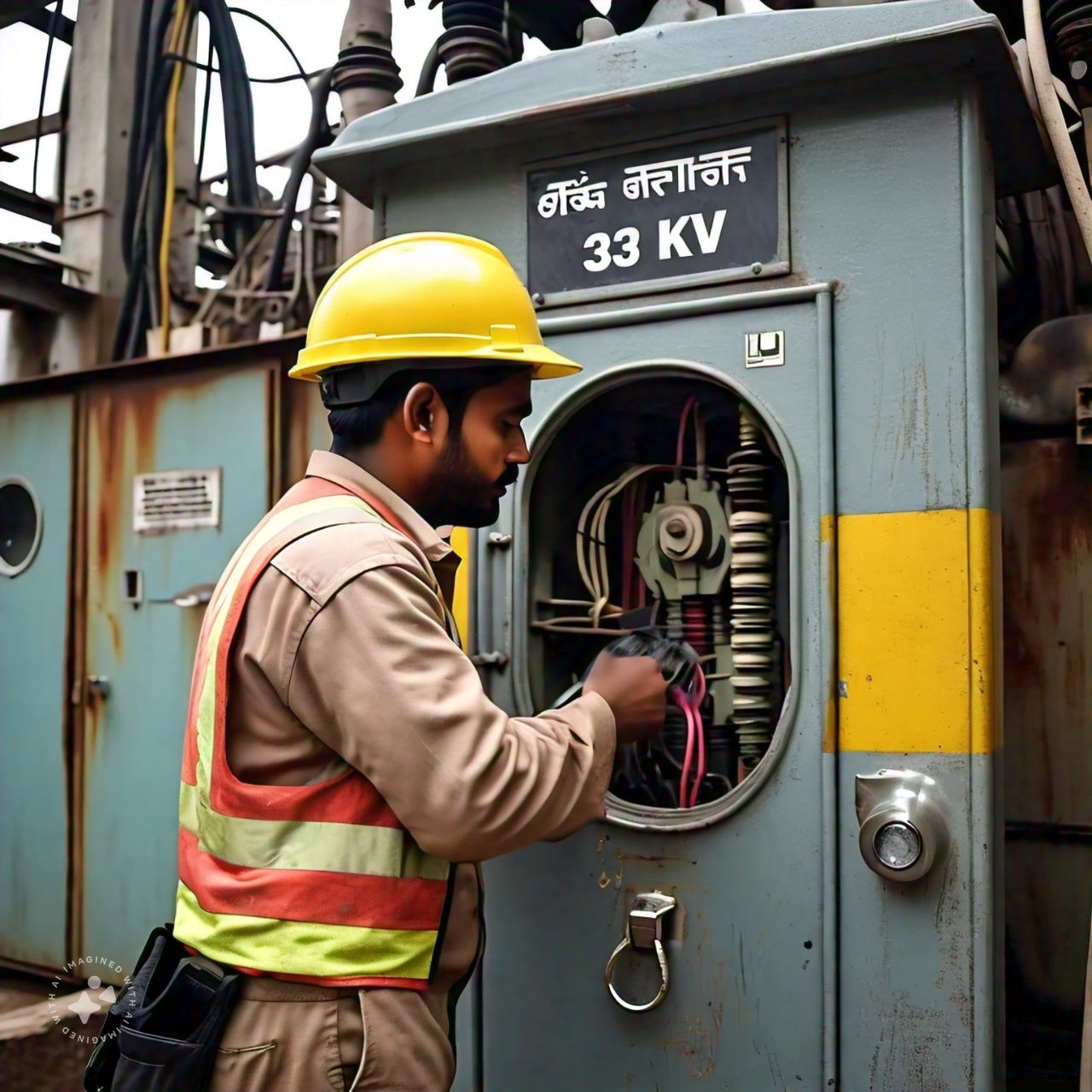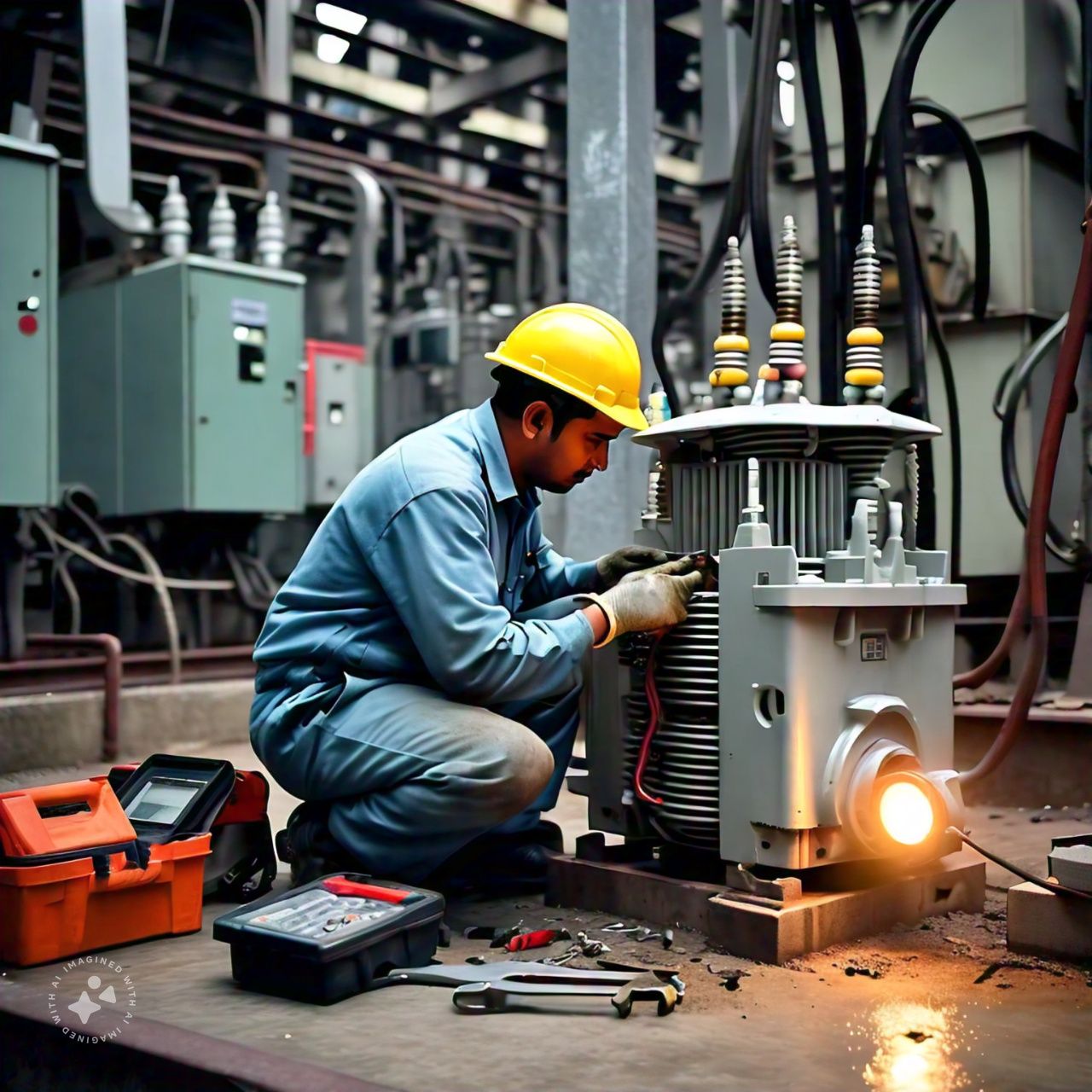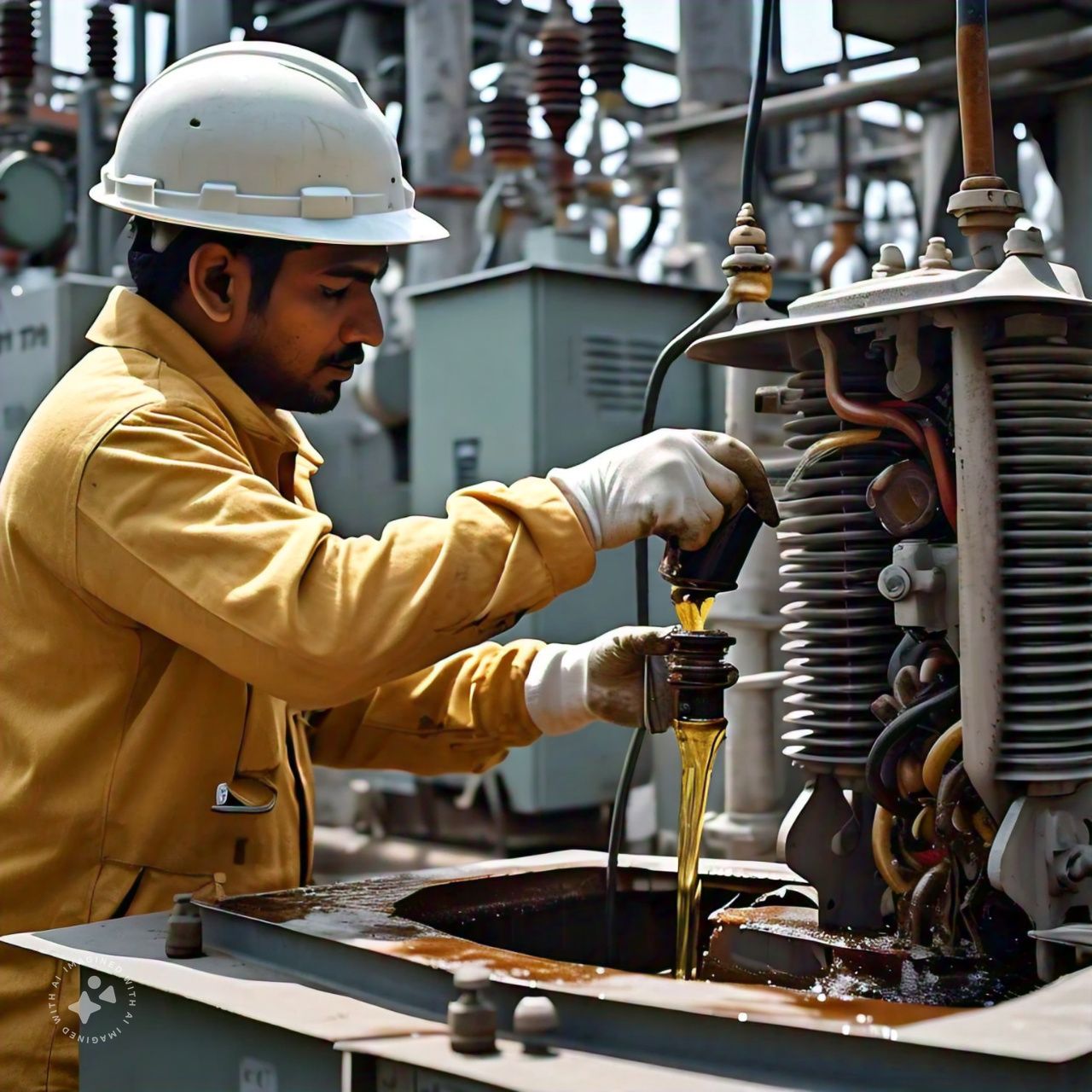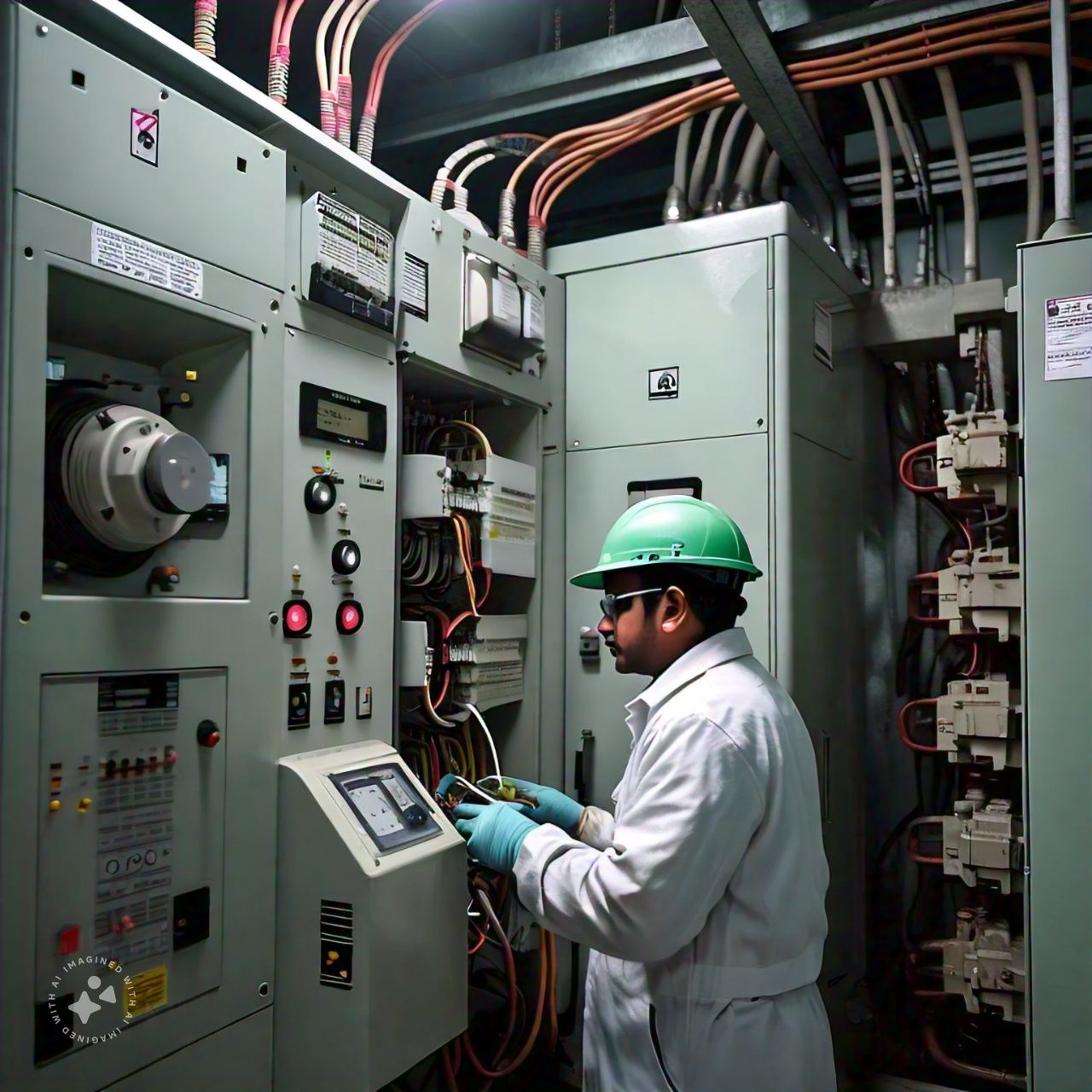Servicing & Repairing of Transformers, Oil Filtration, and BDV Testing of Sub-Stations up to 33 kV
Transformers are vital components in electrical sub-stations, facilitating voltage regulation and power distribution. Ensuring their optimal performance involves regular servicing, timely repairs, effective oil filtration, and accurate Breakdown Voltage (BDV) testing. This guide outlines the procedures and best practices for servicing and repairing transformers, performing oil filtration, and conducting BDV tests in sub-stations up to 33 kV.
Servicing of Transformers
Regular servicing of transformers is essential for maintaining their efficiency and reliability.
Visual Inspection:
-
- Inspect the transformer for any physical damage, leaks, or signs of overheating.
- Check for loose connections, rust, and corrosion on external components.
Oil Level and Quality Check:
-
- Verify the oil level in the transformer tank and top up if necessary.
- Sample the transformer oil and test for moisture content, acidity, and other contaminants.
Cooling System Check:
-
- Inspect and clean cooling fans, radiators, and oil pumps.
- Ensure the cooling system is functioning correctly to prevent overheating.
Electrical Testing:
-
- Perform insulation resistance tests to check the health of the winding insulation.
- Conduct turns ratio tests to verify the correct transformation ratio.
Bushing Inspection:
-
- Inspect the bushings for cracks, chips, and contamination.
- Clean and tighten bushing connections to ensure proper electrical contact.
Repairing Of Transformers
When transformers show signs of wear or malfunction, timely repairs are necessary to restore their functionality.
Fault Diagnosis:
-
- Identify the root cause of the malfunction through detailed inspection and testing.
- Use diagnostic tools like Dissolved Gas Analysis (DGA) to detect internal faults.
Component Replacement:
-
- Replace damaged or worn-out components such as windings, bushings, and gaskets.
- Use high-quality, compatible parts to ensure reliability and performance.
Winding Repairs:
-
- Rewind or repair damaged windings to restore electrical continuity and insulation integrity.
- Ensure proper alignment and tension during winding repairs.
Leak Repairs:
-
- Identify and repair leaks in the transformer tank and cooling system.
- Use suitable sealing compounds and gaskets to prevent future leaks.
Post-Repair Testing:
-
- Conduct comprehensive electrical tests to verify the effectiveness of repairs.
- Perform load tests to ensure the transformer operates correctly under normal conditions.
Oil Filtration
Transformer oil acts as an insulator and coolant, and its quality is crucial for transformer performance.
Oil Sampling:
-
- Take samples of transformer oil and test for moisture content, acidity, and dissolved gases.
- Analyze the results to determine the oil’s condition and need for filtration.
Filtration Process:
-
- Use oil filtration machines to remove moisture, gases, and particulate contaminants from the oil.
- Circulate the oil through the filtration system multiple times to ensure thorough purification.
Dehydration:
-
- Use vacuum dehydration techniques to remove water content from the oil.
- Ensure the oil reaches acceptable moisture levels to maintain insulation properties.
Re-Testing:
-
- Test the filtered oil for Breakdown Voltage (BDV) and other quality parameters.
- Ensure the oil meets the required standards before refilling the transformer.
Breakdown Voltage (BDV) Testing
BDV testing measures the dielectric strength of transformer oil, indicating its ability to withstand electrical stress.
Oil Sampling:
-
- Collect oil samples from the transformer, ensuring they are free from contamination.
- Use clean and dry containers to prevent external contamination.
Test Setup:
-
- Fill the BDV test vessel with the oil sample and place it in the test apparatus.
- Ensure the electrodes are clean and properly spaced according to the test standards.
Testing Procedure:
-
- Gradually increase the voltage applied to the oil sample until breakdown occurs.
- Record the breakdown voltage and repeat the test multiple times for accuracy.
Analysis and Interpretation:
-
- Compare the BDV test results with standard values to assess the oil’s condition.
- Take corrective actions, such as oil filtration or replacement, if the BDV is below acceptable levels.




